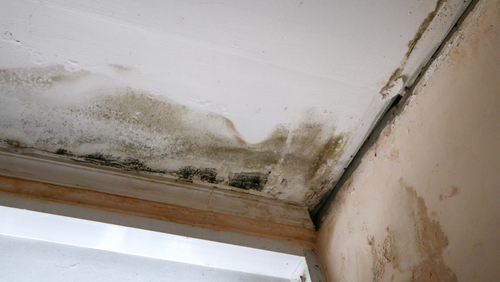
Why Waterproofing is Crucial in High-Humidity Locations
November 4, 2023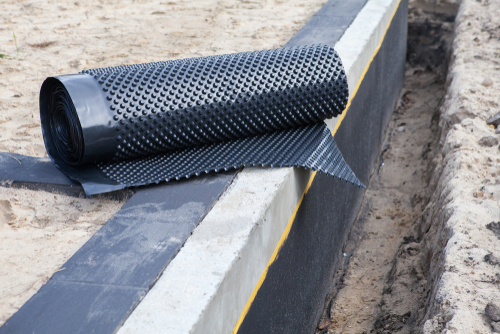
Maintenance and Inspection Waterproofing Membranes
December 29, 2023Preventing Mold and Mildew through Effective Waterproofing
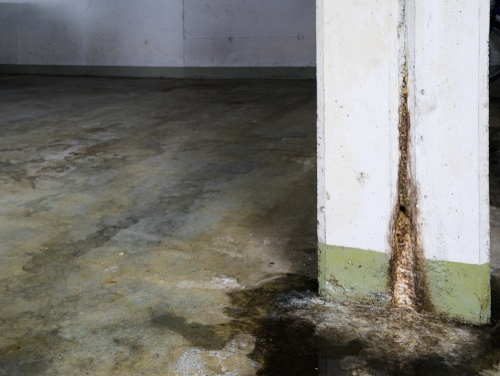
Preventing Mold and Mildew through Effective Waterproofing
Preventing Mold and Mildew through Effective Waterproofing. In Singapore’s climate, characterized by high humidity and frequent rainfall, mold and mildew are common issues in buildings.
Mold and mildew are types of fungi that thrive in moist environments. They cause unsightly stains and odors, can lead to significant structural damage, and pose health risks, such as respiratory problems and allergies.
This article emphasizes the importance of waterproofing as a critical strategy in preventing the growth of mold and mildew.
Building owners and residents can take proactive steps to protect their properties and health by understanding the relationship between moisture and these fungi.
Table of Contents
The Relationship between Moisture and Mold
Causes of Moisture in Buildings
In Singapore, moisture can accumulate in buildings due to several factors. Heavy rainfall can lead to water infiltration, high ambient humidity can increase indoor moisture levels, and activities such as cooking and showering can also contribute to indoor humidity.
Poor ventilation exacerbates these issues, creating ideal mold and mildew growth conditions.
How Moisture Leads to Mold and Mildew
Mold and mildew spores are always present in the environment but require moisture to grow and increase.
When a surface remains damp for an extended period, it becomes a conducive environment for these spores to grow into visible mold and mildew.
The science behind this process involves the spores absorbing moisture, which activates their growth cycle, spreading colonies on surfaces.
Identifying Mold and Mildew Risks
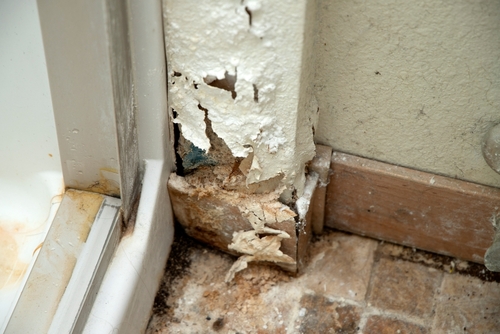
High-Risk Areas in Buildings
Areas in buildings prone to moisture accumulation, such as bathrooms, kitchens, basements, and areas around windows and pipes, are at high risk for mold and mildew growth.
These areas often have less ventilation or are in direct contact with external water sources.
Signs of Mold and Mildew
Early signs of mold and mildew include a musty odor, visible growth on walls, ceilings, or other surfaces, and discoloration or staining.
It’s essential to be vigilant about these signs, as they indicate the presence of excessive moisture and the potential for mold growth.
Basic Waterproofing Principles
Understanding Waterproofing
Waterproofing involves creating a barrier that prevents water and moisture from penetrating building structures.
It is a crucial construction aspect, especially in humid climates like Singapore’s, to protect the integrity of buildings and prevent conditions that favor mold and mildew growth.
Types of Waterproofing Methods
Various waterproofing methods suit Singapore’s climate, including membrane waterproofing, liquid waterproofing, cementitious waterproofing, and sealants.
Each method has specific applications and benefits, depending on the area of the building and the level of exposure to water.
Pre-Construction Waterproofing
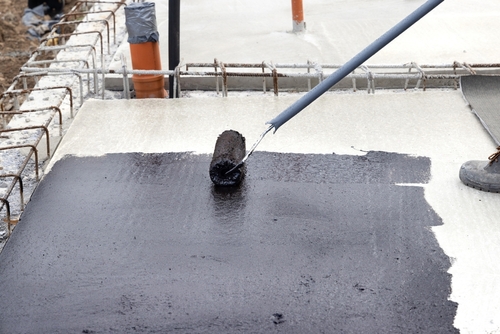
Incorporating Waterproofing in Design
Incorporating waterproofing strategies in the design and planning stages is critical in new construction.
This proactive approach involves understanding potential moisture challenges and integrating waterproofing solutions into the building’s architecture and materials.
Material Selection for Humid Climates
Choosing the right waterproofing materials for Singapore’s weather is essential. Materials such as rubberized coatings, water-resistant membranes, and sealants designed for tropical climates must withstand prolonged exposure to humidity and rain.
Waterproofing Existing Structures
Evaluating the waterproofing status of existing buildings involves inspecting for signs of water damage, mold, and mildew, and assessing the current waterproofing systems’ effectiveness.
Retrofitting waterproofing in existing buildings might include applying additional layers, repairing damaged areas, and improving drainage systems to manage water more effectively.
Practical Waterproofing Steps
Before applying any waterproofing, surface preparation is crucial. This includes cleaning the surfaces, repairing cracks and damage, and ensuring the area is dry.
The application of waterproofing materials requires precision. Techniques vary based on the product, but generally, they involve evenly applying the coating, ensuring proper coverage, and allowing sufficient drying time.
Maintenance and Care
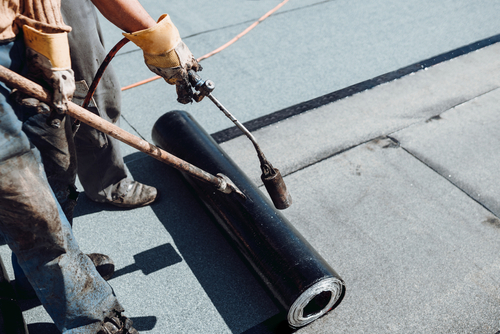
Maintaining waterproofing systems involves regular inspections, cleaning of drainage systems, and checking for any signs of damage or wear.
When waterproofing failures are detected, immediate action is necessary. This might involve patching up leaks, reapplying coatings, or consulting with waterproofing professionals for more extensive issues.
DIY Waterproofing vs Professional Services
DIY waterproofing can be suitable for minor issues or temporary fixes. However, understanding the limitations of DIY methods is crucial, as inadequate waterproofing can lead to more severe mold and moisture problems.
Choosing a professional waterproofing service in Singapore requires considering their expertise with local climate challenges, their track record, and customer feedback.
Health Implications of Mold and Mildew
Health Risks Associated with Mold
Mold exposure can lead to health issues, particularly those with allergies, asthma, or weakened immune systems. Symptoms include respiratory problems, eye irritation, skin rashes, and headaches.
Preventing Health Issues
Effective waterproofing and moisture control prevent mold growth and protect health. This involves addressing visible mold and mitigating the underlying moisture issues.
Frequently Asked Questions
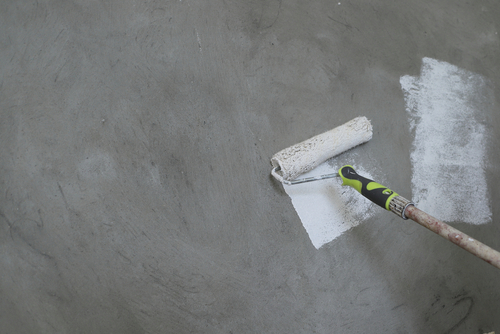
How often should waterproofing be inspected and maintained?
In Singapore’s humid environment, inspecting and maintaining waterproofing systems at least annually is recommended to ensure their effectiveness.
What are the first steps to take if mold or mildew is detected?
When mold or mildew is detected, the first steps include identifying and resolving the source of moisture, cleaning the affected area, and considering professional mold remediation if necessary.
Can waterproof paint alone prevent mold and mildew?
While waterproof paint can provide a moisture barrier, it is often insufficient on its own to prevent mold and mildew in high-risk areas. Comprehensive waterproofing strategies are typically required.
Are there any natural solutions for preventing mold growth?
Natural solutions such as proper ventilation, dehumidifiers, and maintaining a dry environment can help prevent mold growth, but they may need to be complemented with more robust waterproofing measures in areas with high moisture exposure.
Preventing Mold and Mildew through Effective Waterproofing – Conclusion
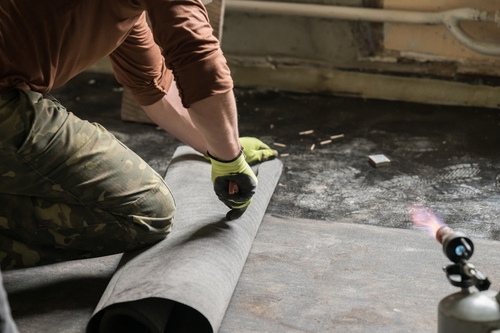
This article underscores the importance of effective waterproofing as a crucial measure in preventing mold and mildew growth in Singapore.
Understanding the relationship between moisture and these fungi, identifying risks, and applying appropriate waterproofing techniques are essential steps in safeguarding buildings and health.
A proactive approach involving regular checks, maintenance, and timely intervention, is emphasized to ensure long-term protection against mold and mildew.
Building owners can maintain healthy, mold-free environments by prioritizing effective waterproofing and moisture control.
Are you looking for a professional and reliable waterproofing contractor in Singapore? Contact us today!




